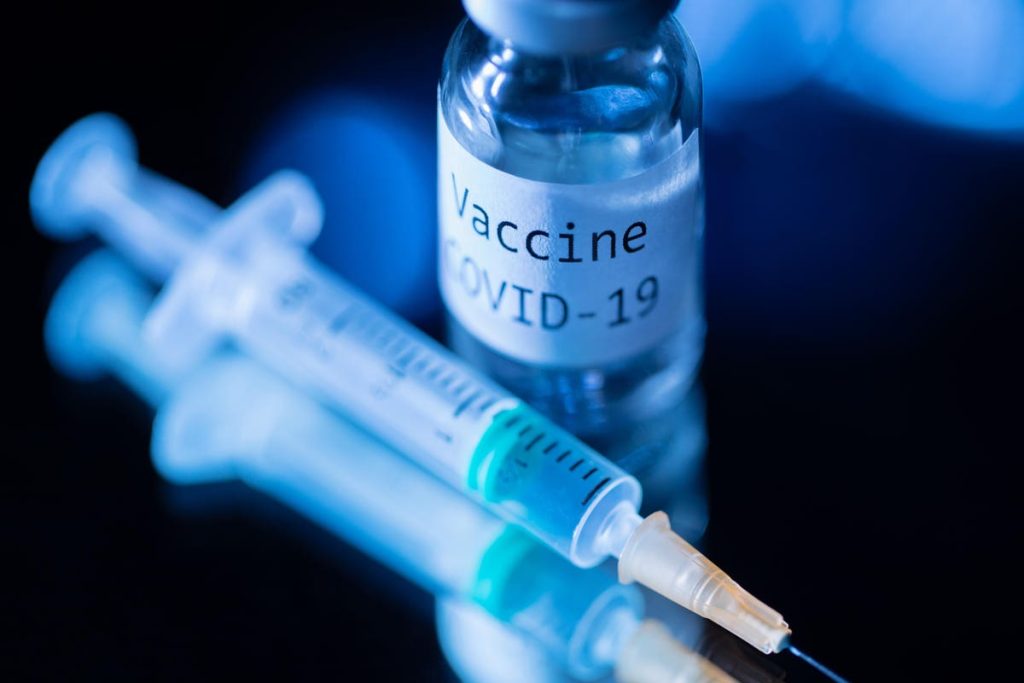In the continuing effort to mitigate the effects of Covid-19, the U.S. Food and Drug Administration has approved for emergency use new Covid-19 vaccines. Additionally, the Centers for Disease Control and Prevention recommended these new boosters for everyone over the age of 6 months. These new formulations are better matched to currently circulating strains of the virus. And like the previously approved vaccines, they hopefully will decrease the rate of serious illness, hospitalization, and death among people infected with SARS-CoV-2, the virus that causes Covid-19.
The new vaccines, developed by Moderna and Pfizer-BioNTech, employ the same mRNA-based technology as the previously approved versions of their vaccines. However, the mRNA itself has been changed to reflect the changing virus. These latest vaccines contain mRNA that codes for the spike protein of the XBB.1.5 subvariant of omicron. Preliminary data show that this booster will trigger the production of antibodies that recognize this form of SARS-CoV-2. This booster also may provide improved protection against other circulating subvariants.
As we have seen throughout the pandemic, the virus evolves over time. The first Covid-19 vaccines, approved for use in December 2020, contained a segment of mRNA that coded for the spike protein of the original SARS-CoV-2 virus. Over time, though, viral variants that contained mutations in the gene coding for the spike protein arose. These mutations negatively affected the effectiveness of the original vaccines and prompted drug manufacturers to develop new formulations to better target new viral strains.
In response to the surge of Covid-19 cases associated with the omicron variant, for example, Moderna and Pfizer-BioNTech converted their vaccines from monovalent to bivalent. Approved for use in August 2022, these boosters contained two pieces of mRNA, one that coded for the spike protein of the original virus and one that coded for the spike protein of the BA.4 and BA.5 subvariants of omicron, which were dominant throughout the world at that point in time. By the end of 2022, however, the prevalence of these subvariants had declined and a new omicron subvariant, XBB.1.5, emerged. The prevalence of this subvariant quickly increased, prompting the development of the latest Covid-19 vaccine formulations.
But XBB.1.5 no longer is the dominant variant. In May 2023, XBB.1.5 accounted for about half of all Covid-19 infections in the U.S. By July, that number dropped to less than a quarter. Today, XBB.1.5 accounts for less than 5% of infections. During this time, the prevalence of another omicron subvariant, EG.5, has been increasing. This variant now accounts for roughly 25% of all infections.
And researchers are anxiously monitoring yet another subvariant, BA.2.86. Also referred to as Pirola, this subvariant was first detected in Denmark in July 2023. Since then, it has been detected in 15 countries, including the United States, according to the international virus tracking site GISAID. Thus far, the prevalence of this variant has remained low. But scientists remain concerned because of the large number of mutations that it possesses, especially within the spike protein gene. This constellation of changes, some researchers have worried, could allow this variant to evade existing vaccines and be more transmissible than its predecessors.
So, is the XBB.1.5 vaccine already obsolete? No. In a press release posted on September 6, 2023, Moderna announced that trial participants receiving their XBB.1.5-based vaccine produced neutralizing antibodies against EG.5 and BA.2.86. In other words, this new vaccine results in the production of antibodies that recognize the currently dominant subvariant and a potentially worrisome subvariant. Additionally, in a manuscript currently undergoing peer-review, researchers from Harvard University and Los Alamos National Laboratories report that, despite its numerous mutations, BA.2.86 may not be as capable of evading immunity as originally feared.
This new vaccine most certainly will provide better protection than the existing vaccines against the currently circulating Covid-19 strains. But what comes next? The virus will continue to evolve. That much is certain. For the foreseeable future, then, we probably can expect updated Covid-19 shots to be released periodically, in response to new variants. Perhaps, though, that will change. Researchers at various institutions, such as the Duke Human Vaccine Institute, are actively trying to develop a pan-coronavirus vaccine, a vaccine that can effectively inhibit multiple different coronaviruses. However, until that goal becomes a reality, we may be caught in a perpetual game of cat and mouse.
Read the full article here










